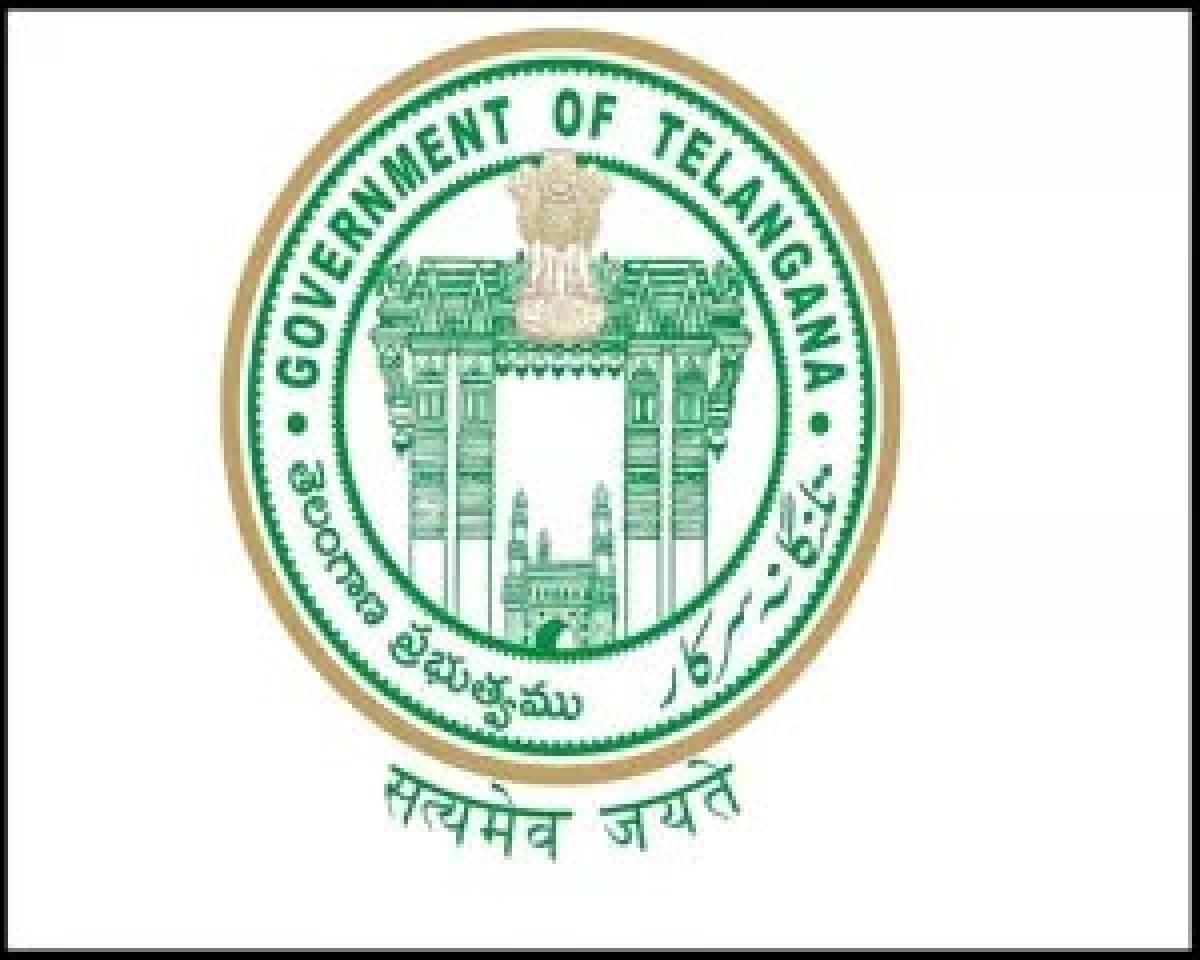Live
- ‘Get Set, Grow Summit 2024’ Focuses on Digital Detox for Families
- Stokes motivates his team to put in extra effort, says England pacer Potts
- From overcoming setbacks to leading India in U19 Women’s Asia Cup, Niki Prasad's amazing journey
- Driving Enterprise Security: Inside Venkata Reddy Thummala’s Leadership Journey
- Constitution debate: PM Modi hails 'Nari Shakti'; makes strong pitch for 'United Bharat’
- Abhijeet Bhardwaj: Revolutionizing Enterprise Analytics with Innovation and Expertise
- Bihar: Inquiry initiated against principal who went to buy veggies during school hours
- Press Sri Lankan Prez for release of Indian fishermen: TN Cong MP to EAM Jaishankar
- TN: DMK postpones executive meet due to heavy rains & Parliament session
- Porous silicon oxide electrodes can fix durability issues in batteries: Researchers
Just In
Ex engineer-in-chief suggests major changes to Pranahita-Chevella


While appreciating certain decisions taken by the State government with respect to the redesign of Pranahita-Chevella project, T Hanumantha Rao, Retired Engineer-in-Chief, Irrigation Department and also consultant for United Nations, suggested major changes to the project which could save the government at least Rs 20,000 crore as per his own line estimates.
Hyderabad: While appreciating certain decisions taken by the State government with respect to the redesign of Pranahita-Chevella project, T Hanumantha Rao, Retired Engineer-in-Chief, Irrigation Department and also consultant for United Nations, suggested major changes to the project which could save the government at least Rs 20,000 crore as per his own line estimates.
However, he said that the right estimating could only be done by the Institute of Hydrology in Roorkee. All party representatives except BJP and MIM attended the PowerPoint presentation given by him at Sundarayya Vignana Kendram on Friday regarding modern technological changes which could be introduced into the project.
Lauding the efforts of the State government in coming to an agreement with Maharashtra government on the height of the barrage at Thummidihatti, he too felt that instead of prolonging the litigation, it was probably a wise move to agree to 148 metres instead of fighting for 152 metres regarding the height of the project.
However, he was of the opinion that maximum water needed to be drawn from Thummidihatti barrage instead of Medigadda as pumping charges could considerably increase at Medigadda due to its height. He said that 20,600 cusecs could still be accessed at Thummidihatti barrage by redesigning of head sluices/ head regulators. The rest of the water as per him could be accessed at Medigadda.
He also felt that 3.2 TMC ft storage capacity being lost due to the compromise on height of the barrage could be addressed by redesigning the canals. He also suggested building four barrages instead of two barrages between Medigadda and Yellampally and suggested using reversible pumps at the barrages like in Nagarjuna Sagar, to generate power (240 MW in every barrage) from the flood waters through Private-Public-Partnership.
He suggested building 11 barrages between Yellampally and Sri Ram Sagar, four barrages between Sri Ram Sagar and Manjira and eight barrages between Manjira and Nizamsagar. He also suggested diverting water through already existing river routes instead of taking water through pipelines, as he thought it could lead to frictional loss of water.
Calling it step-ladder technology, he said it was a much cost-effective method. Observing that the FRL of Thummidihatti and Yellampally were both fixed at 148 metres, he felt that a huge reservoir could be constructed in Adilabad itself, instead of building reservoirs in Tarkapally and Pamulaparthy of Medak District, to store 70 TMC ft of water.
It could considerably bring down costs according to him. To a question posed by a participant about Four Waters Concept, his brain-child which was successfully implemented in China, he said that the concept which doesn’t rely on irrigation water, could be implemented in the fields of the farmers itself, by implementing nine aspects of the concept.
He said that through the concept, ground water levels have considerably risen in China, Rajasthan and other places where it has been implemented. Farmers could come to a stage where they can grow three crops a year, if that concept was followed, as per him and it would cost only Rs 12,000 per acre by following the concept, unlike Rs 5,00,000 per acre as in Pranahita-Chevella project.
He also explained about the benefits of giving water to Chevella in Ranga Reddy district, which was originally planned during Congress government, but has not been discarded by TRS government.
Former High Court Justice Chandra Kumar presided over the presentation, which was attended by TPCC president Uttam Kumar Reddy, MLA Jeevan Reddy, CPI State Secretary Chada Venkat Reddy, CPI (M) State Secretary Thammineni Veerabhadram, CPI national secretary K Narayana, Telugu Rythu president Vantery Pratap Reddy, AAP leader Prof Vishweshwar Rao, Lok Satta leader Nagaraju and several others.

© 2024 Hyderabad Media House Limited/The Hans India. All rights reserved. Powered by hocalwire.com






